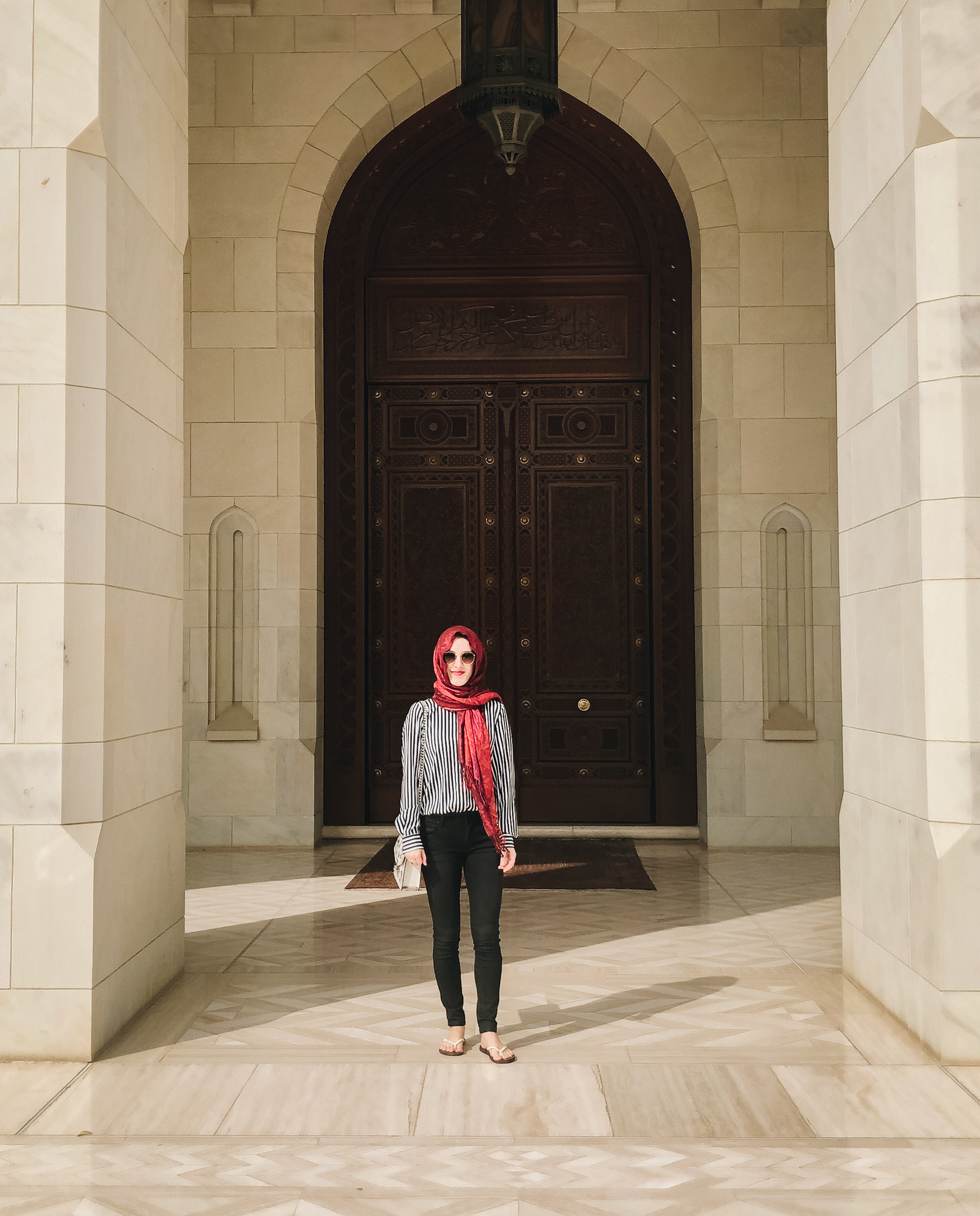Sultanate of Oman – From North to South
After posting so many pictures of my stay in Oman on Instagram lately, we felt that it would be only right to tell you a little more about this amazing country here on the blog. This is why today’s post is going to be all about the Sultanate of Oman. As I am writing this post, I have been home in Innsbruck for a little over two days and right now, I am sitting in my living room enjoying a cup of hot Karak, which is a delicious and traditional Omani black tea with cardamom and milk.
For those of you who don’t know, Oman is an Arab country on the south-eastern coast of the Arabian Peninsula, and thus part of the so-called Middle East in Western Asia. An estimated 4,5 million people live in Oman, with around 1,7 million people living in Muscat, the capital, which is located in the north of the country.
About 8 years ago, very close friends of ours moved to Muscat. Since then, Oman has become something like a second home for me and my friends there have basically turned into family. I try to visit them as often as I can and if it was up to me right now, I, too, would pack my bags and move to Muscat; maybe one day, when I will have graduated from Uni and when my Arabic is a little better, I will make this dream come true.
Muscat
As I have already mentioned, Muscat is the capital of Oman and also the country’s biggest city. Unlike any other city I have ever been to, it spans over quite a big area along the coast of the Sea of Oman, which makes it quite hard to explore on foot, which I definitely wouldn’t recommend. When in Muscat, you should either rent a car or book a guided tour to go to all of the amazing sights. For an in-depth visit, I absolutely think that 2-3 days in Muscat is enough to explore everything thoroughly, which means you have enough time to relax at the pool of your hotel or the beach. Keep in mind, however, that you shouldn’t go sunbathing in a bikini on public beaches.
One of the most popular sights in Muscat is the Sultan Qaboos Grand Mosque. It was completed in 2001 and offers room for circa 20.000 Muslims to pray. The big chandelier inside the mosque was made by Swarovski and is the biggest chandelier they have ever created for a customer. If you are not part of an organized tour and have rented a car, make sure to check the opening hours of the mosque, since they always close it down for prayers.
Other sights to see in Muscat are the Royal Opera House, the old Souq in Muttrah (where you can buy incredible spices and authentic jewellery for an absolute bargain), the National Museum, as well as the interactive Oman Children’s Museum. There are also many great bays close buy where you can go scuba diving, snorkelling or even dolphin and whale watching. Another definite must is driving into the desert and staying at the 1000 Nights Camp for a night. I promise you that the view of the milky way from the desert, where there are no lights around, is breath-taking. When driving into the desert, however, make sure to bring a local or a guide, as getting lost there is not a good idea.
Sur
When driving a little further south from Muscat, you will come to the city of Sur. You can also find great campsites there. Some of them even offer tours of the beaches at night which allows you to see huge turtles coming to the shore to lay their eggs on the beach. If you are lucky, and willing to get up early, you can even see the baby turtles hatching and making their way into the ocean. About 50km from Sur, there is the Wadi Shab, which is also where Red Bull tends to organize their cliff diving and wing suit competitions. I can’t recommend going there enough. The hike into the wadi takes about 40 minutes, so make sure to start before noon. When reaching the inside of the wadi, there are huge natural pools and even a small cave and waterfall waiting for you, where you can go swimming and relax for a bit.
Salalah
1.000 kilometres south from Muscat is the city of Salalah, which once used to be the capital of Oman and is also the birthplace of the current sultan, Qaboos bin Said. Nature and the environment in Salalah are very different than in Muscat and in the far north. The beaches are a lot wider and whiter and almost make you feel like you are in Hawaii. The water is crystal clear and the marine life there is incredible. The city itself doesn’t offer as many impressive sights as Muscat does, however, if you are looking for a vacation on the beach, full of relaxing, swimming and tanning, then Salalah is the place for you. The ideal time to travel there is October or November, when the heat of the summer is slowly fading. Also, during summer, there is Khareef season in the south, which basically means heavy rains and immense humidity. I wouldn’t recommend going there during Khareef, but if you visit Salalah shortly afterwards, nature has something amazing in store for you: all of the valleys and the surroundings are completely green, blooming and blossoming. And seeing camels walking majestically through oases close to the beach with the sea in the background is a view you will never forget.
I hope you enjoyed reading about my all-time favourite country and cities in this post. If you have any questions about Oman, or need any recommendations on where to stay, what to do, where to eat, and what to try in and around Muscat, just let me know, I am more than happy to help. Leave us a comment on whether you are interested in visiting Oman one day. I, for my part, have already booked my next flights and will be back home in Muscat in September.
- by Sophie Grienberger













